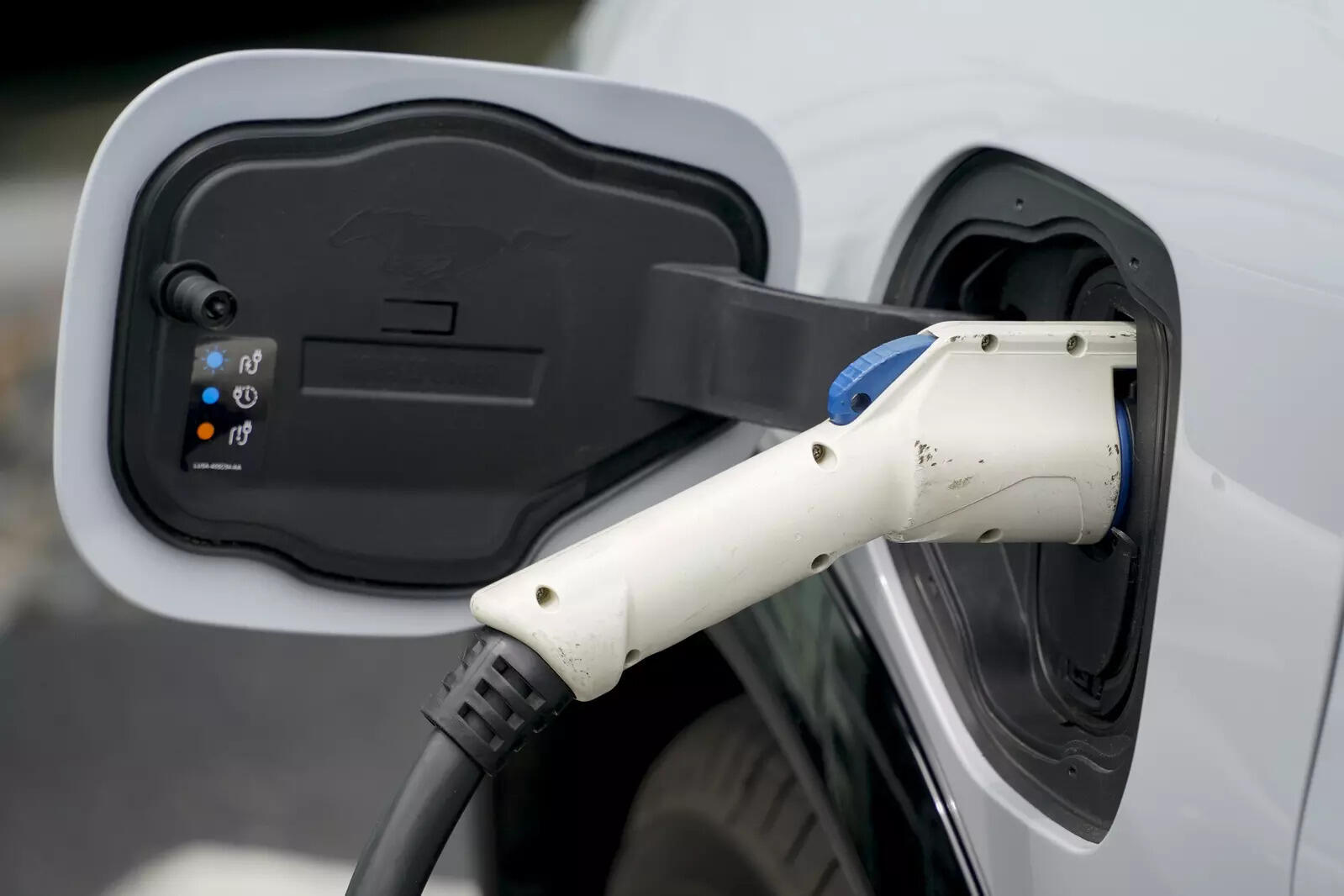
Europe is clearly outpacing global peers in electrifying its automotive sector, with adoption pegged at 16 per cent of all new car sales in the region by 2025. By 2030, almost half of the annual sales would fall under the electric category, predicts a report by Accenture. What is powering Europe’s EV adoption, and what are the lessons for India?
Fast-tracking electric shift
The EU wants to reduce the CO2 emissions of new cars sold by 100 per cent by 2035 as part of its plans to make Europe the first automotive emission-free continent by 2050.
In Germany, for instance, buyers can get a subsidy of up to €6,000 from the government with an additional €3,000 from the automaker on a BEV with a list price below €40,000 – representing almost a quarter of the total cost.
Traditionalists are facing the heat. New market entrants, including brands such as Tesla, NIO, or Polestar, are starting to eat into market share. Tesla, for instance, sold almost 936,000 EVs globally in 2021.
The efficient sales journey of EV brand Tesla shines a path for others in the sector: For each sale, Tesla representatives spend only around three hours on customer-facing and administrative tasks such as advising on products and managing customer data.
Compared to Tesla, traditional carmaker’s sales costs are 1.6 times higher.
Changing ecosystem
80 per cent of all cars sold in Europe would need to be BEVs by 2030 to meet the goals of the Paris Climate Accords
Traditional automakers face the tough question of declining aftersales & service profits due to the electric transition. Lessons for the Norwegian electric market show that with the right countermeasures, profit decline can be limited to only 10-30 per cent .
Automakers and their dealers can already sense the impact of an electrified market and what that will mean for aftersales and service. If no action is taken, profits could collapse by 50-60per cent.
Lessons for India
“There are three lessons for India from the EU experience: Policy consistency, attention to charging infrastructure, and openness to next-gen technology that expands opportunity for deployment of newer methods in charging, power use, and so on.”
Sudden withdrawal of incentives can cause stress: for example, Denmark pulled the plug on its EV incentives, causing sales to plunge in 2017. Subsidy withdrawal should be gradual and consistent with viability improvement.
There is a need to be open to new technology and allow local level pilots of new technology (e.g. on-road induction charging, in-car solar charging in Netherlands etc.) which helps encourage technology entrepreneurship and leadership.